- Automobiles & Motorcycles
- Beauty & Personal Care
- Business Services
- Chemicals
- Construction & Real Estate
- Consumer Electronics
- Electrical Equipment & Supplies
- Electronic Components & Supplies
- Energy
- Environment
- Excess Inventory
- Fashion Accessories
- Food & Beverage
- Furniture
- Gifts & Crafts
- Hardware
- Health & Medical
- Home & Garden
- Home Appliances
- Lights & Lighting
- Luggage, Bags & Cases
- Machinery
- Measurement & Analysis Instruments
- Mechanical Parts & Fabrication Services
- Minerals & Metallurgy
- Office & School Supplies
- Packaging & Printing
- Rubber & Plastics
- Security & Protection
- Service Equipment
- Shoes & Accessories
- Sports & Entertainment
- Telecommunications
- Textiles & Leather Products
- Timepieces, Jewelry, Eyewear
- Tools
- Toys & Hobbies
- Transportation
How to Measure a Hydraulic Cylinder?
Hydraulic cylinders are fundamental components in various industrial applications, providing linear force and motion. Whether you're replacing a cylinder, designing a new hydraulic system, or performing maintenance, accurate measurements are essential for ensuring compatibility and optimal performance.
1. Identifying Key Components:
1.1 Cylinder Bore Diameter:
The bore diameter is the internal diameter of the cylinder barrel. Measure across the inside of one end of the cylinder to the other, passing through the center. Use calipers or a bore gauge for accuracy.
1.2 Rod Diameter:
Measure the diameter of the rod, which extends from the cylinder and is exposed during operation. Use calipers to measure across the widest part of the rod.
1.3 Stroke Length:
The stroke length is the distance the piston travels inside the cylinder. Measure from the fully retracted position to the fully extended position to determine the stroke length accurately.
2. Determining Mounting Styles:
2.1 Rod End Mounting:
Identify the type of mounting at the rod end. Common configurations include rod eyes, clevis mounts, or other specialized connections. Measure the dimensions of the mounting style, including pin diameter and distance between mounting holes.
2.2 Cap End Mounting:
Similarly, measure the dimensions of the cap end mounting. This could involve cap eyes, flanges, or other types of mounts. Pay attention to hole diameters and the distance between mounting points.
3. Measuring Overall Length:
3.1 Extended Length:
Measure the total length of the hydraulic cylinder when fully extended. This includes the length of the cylinder barrel, rod, and any mounting components at both ends.
3.2 Retracted Length:
Measure the overall length when the hydraulic cylinder is fully retracted. This measurement is crucial for applications with space constraints or when replacing existing cylinders.
Further reading:
Maize Flour Milling Plant: Unlocking the Secrets of Efficient Production
Unique Features Of Mini Concrete Batching Plants
How to Increase Welding Productivity with a Positioner
What is the best laser for cutting jewelry?
How Does The Rising Film Evaporator Work?
Maximizing Efficiency and Quality: Exploring Cutting-Edge Oil Refinery Equipment
Advancing Surface Finishing: The Skiving Roller Burnishing Machine
4. Checking Thread Size and Pitch:
4.1 Rod Threads:
If the rod end has threaded connections, measure the thread size and pitch. Use a thread gauge or calipers to determine these dimensions accurately.
4.2 Port Threads:
Hydraulic cylinders often have ports for fluid connections. Measure the thread size and pitch of these ports if applicable. Ensure compatibility with your hydraulic system.
5. Noting Special Features:
5.1 Rod Coating or Material:
Take note of any special coatings on the rod or specific rod materials. Chrome-plated rods, for example, are common in hydraulic cylinders for added durability.
5.2 Seal Types:
Identify the type of seals used in the hydraulic cylinder. Different cylinders may employ various seal configurations, such as wiper seals, rod seals, and piston seals.
6. Recording Environmental Conditions:
6.1 Operating Environment:
Consider the environmental conditions in which the hydraulic cylinder will operate. If it's exposed to harsh elements or extreme temperatures, these factors may influence material choices and additional protective measures.
7. Safety Precautions:
7.1 Hydraulic System Shutdown:
Before attempting any measurements, ensure that the hydraulic system is safely shut down, and pressure has been relieved to prevent accidental movements.
7.2 Use Appropriate Tools:
Employ accurate measuring tools such as calipers, micrometers, and thread gauges to obtain precise measurements. Using the right tools enhances the accuracy of your measurements.
Measuring a hydraulic cylinder accurately is a crucial step in maintaining, replacing, or designing hydraulic systems. By paying attention to key dimensions such as bore diameter, rod diameter, stroke length, and mounting styles, you can ensure compatibility and optimal performance. Remember to follow safety precautions, use appropriate tools, and record all relevant information for informed decision-making. With precise measurements, you'll be well-equipped to select or design hydraulic cylinders that seamlessly integrate into your industrial applications.
Top 5 Reasons to Invest in Latex Gloves Manufacturing
Benefits of Using DOD Large Character Inkjet Printer for Product Labeling and Packaging
Which welding machine is best for home use?
A Comparative Analysis of Vertical Rolling Machines and Horizontal Rolling Machines
Extrusion Blow Molding Machine: Overview and Function
What is the process of valve grinding?
Valve Lapping Machine: Precision and Efficiency in Valve Seating
Related Articles
If you are interested in sending in a Guest Blogger Submission,welcome to write for us!





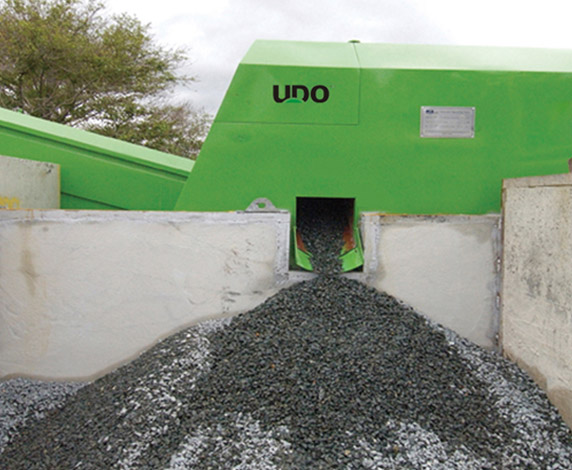
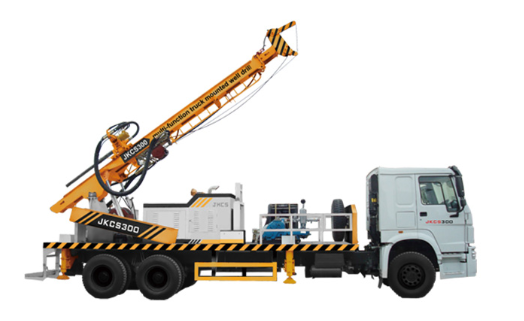
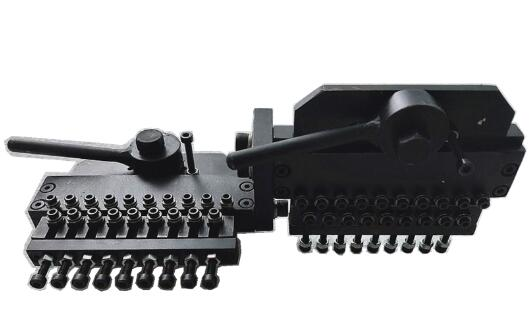
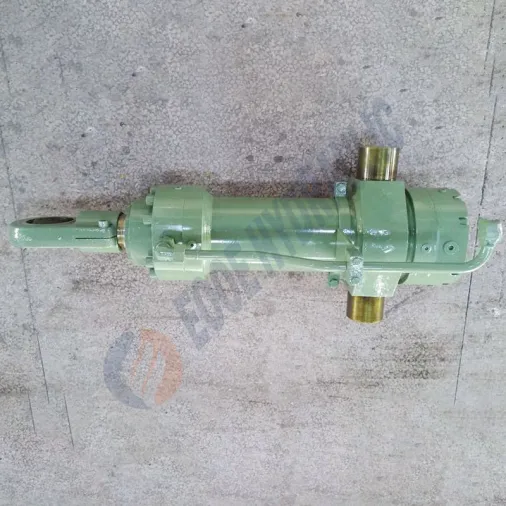
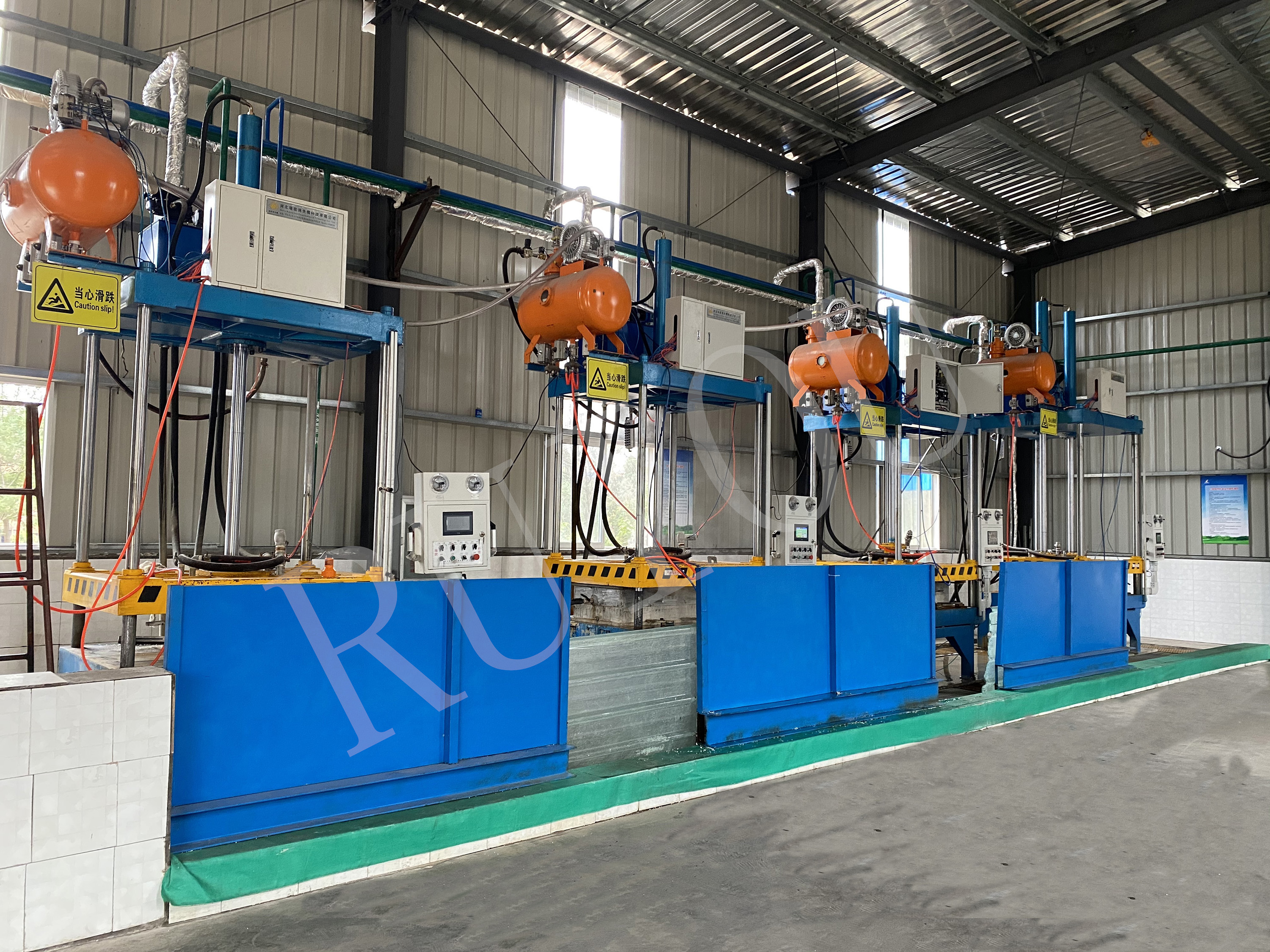
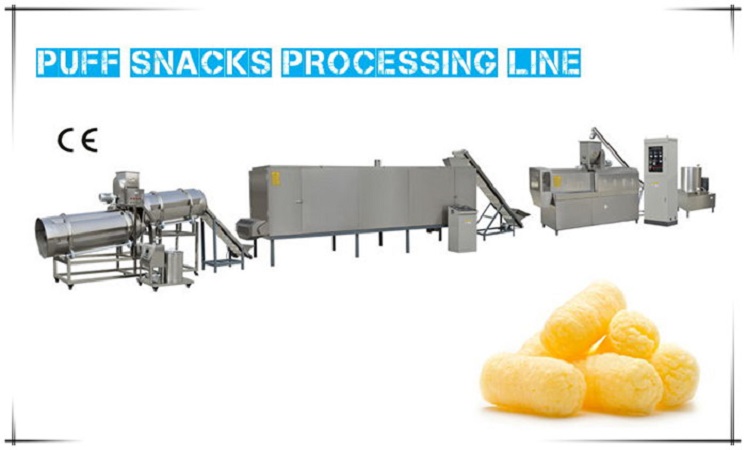
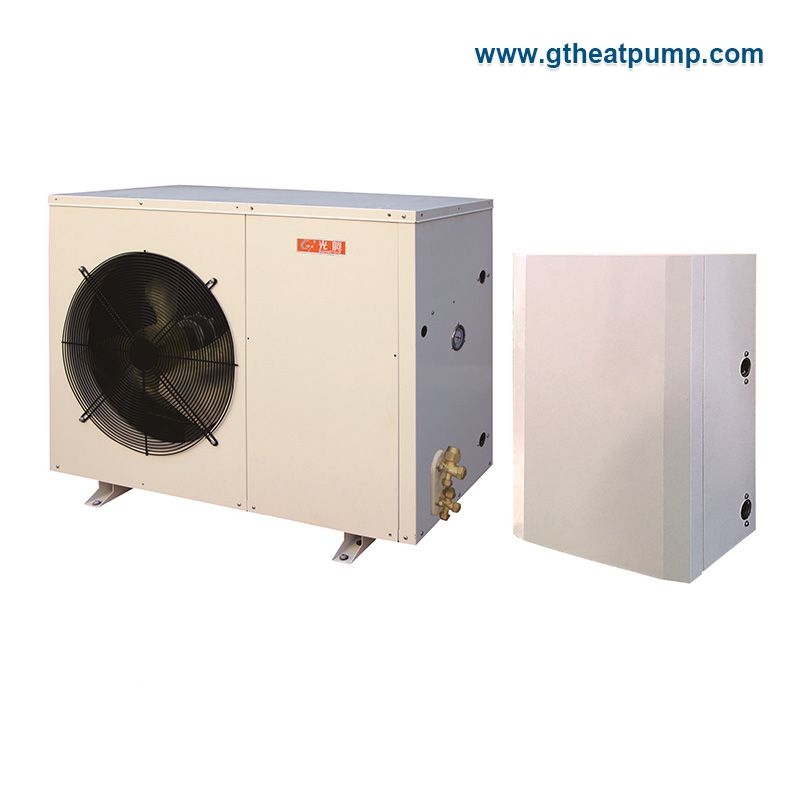

Comments
0